History of Architecture: Spot Styles, Learn Fast, Use What You Find
Buildings hold clues about who made them and why. This history tag gathers short, clear guides that help you spot styles, plan visits, and use historical ideas in design or renovation. Expect practical tips, examples you can see in person, and preservation pointers that actually help homeowners and travelers.
What you’ll find here
We cover major eras and movements with plain explanations: Ancient Roman engineering and hidden gems, Byzantine domes and mosaics, Romanesque mass and rounded arches, Gothic vertical drama, Renaissance balance, Baroque flair, Georgian order, and later movements like Beaux-Arts, Craftsman, Minimalism, Functionalism, and Postmodernism. Each post shows signature features, real-world examples, and short tips for spotting the style quickly.
Want to renovate? Look for articles on Colonial, Dutch Colonial Revival, and American Craftsman that list which elements add value—gambrel roofs, built-in cabinetry, original moldings. Interested in travel? We point out must-see sites and how to get the best photos and angles. Trying to learn history fast? Start with contrasting eras to notice clear differences: arches versus domes, heavy walls versus flying buttresses, ornament versus clean function.
How to use these guides
Start local. Pick one familiar neighborhood style and read its guide. Then read a very different era to practice spotting differences. Use our visual checklist: roof shape, window pattern, door surround, building materials, and decorative motifs. Bring a camera or sketchbook when you visit historic sites and focus on small details like cornices, column capitals, and stair rails—those tell you more than a facade photo.
For preservation and renovations, follow simple rules we repeat in posts: research the original materials, match mortar and paint layers when possible, and consult local preservation officers before altering defining features. Small, targeted repairs keep character without huge cost. Some articles also explain regulatory basics and where to find grants or tax credits for historic work.
Beyond buildings, we explore how architectural history influences other areas like product design and tech. Functionalism’s focus on purpose can help you declutter a room or simplify a user interface. Revival trends show up in shops, restaurants, and neighborhoods—knowing the history helps you decode those choices.
Want a quick reading plan? Pick an ancient piece (Roman or Byzantine), a medieval one (Romanesque or Gothic), an early modern article (Renaissance or Baroque), and a modern piece (Beaux-Arts, Postmodern, or Minimalism). In a few reads you’ll spot repeating ideas and know where to look next.
Share photos or questions on any post. Readers and editors often respond with hands-on tips or local references. Use this tag to make architectural history practical—whether you’re traveling, fixing up a house, or just curious about why buildings look the way they do.
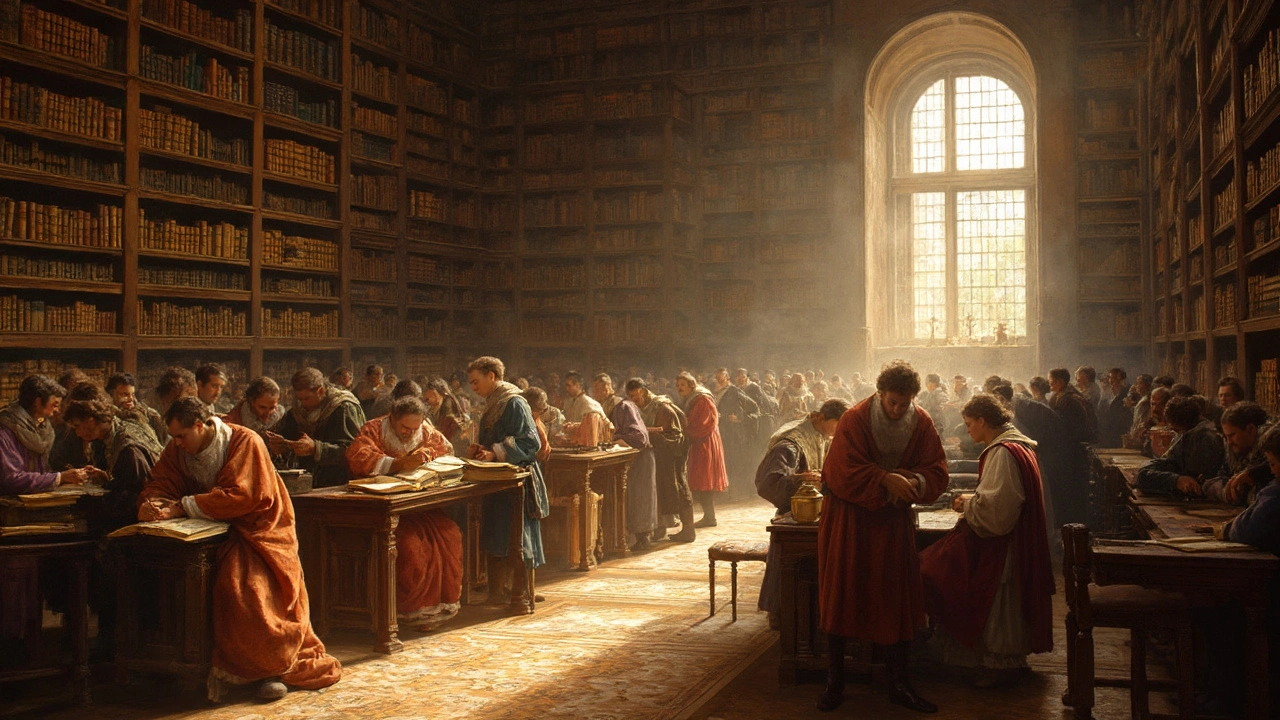
How the Renaissance Era Revolutionized Western Philosophy and Thought
Explore how the Renaissance transformed philosophy by reviving classical wisdom, fueling humanism, and reshaping Western ideas with radical thinkers, vivid debates, and lasting impact.
Read more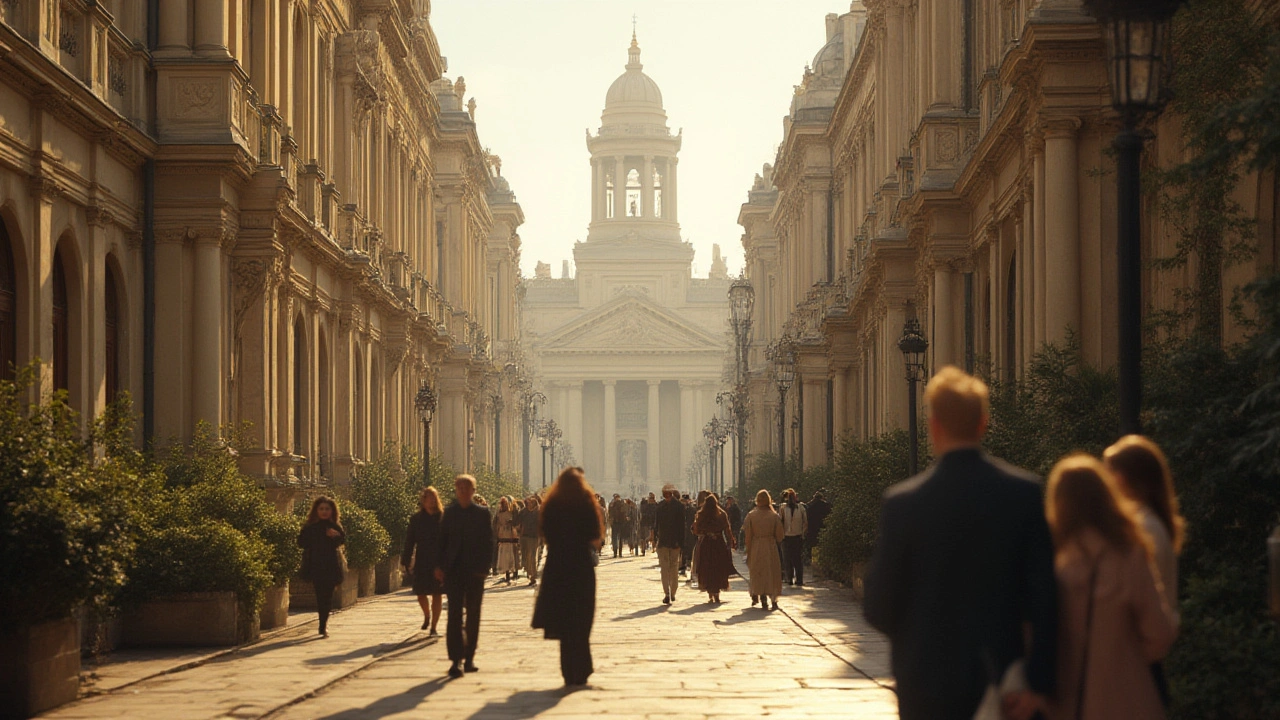
Renaissance Revival Architecture: Key Features, History & Modern Appeal
Explore the lavish world of Renaissance Revival architecture—from its rich history and signature elements to practical restoration tips and fascinating details.
Read more
Ancient Roman Architecture: Inside Its Monumental Legacy
Ancient Roman architecture didn’t just change the way buildings looked—it redefined what was possible. This article digs into the remarkable legacy of Roman engineering, spotlighting what made their designs last and how they still shape modern construction. Get tips on recognizing genuine Roman features and find surprising facts about structures like the Colosseum and aqueducts. See why the practical side of Roman genius matters today, and catch a few hacks for spotting Roman influence wherever you go. Dive deep into a world where bricks, arches, and concrete weren’t just materials—they were game-changers.
Read more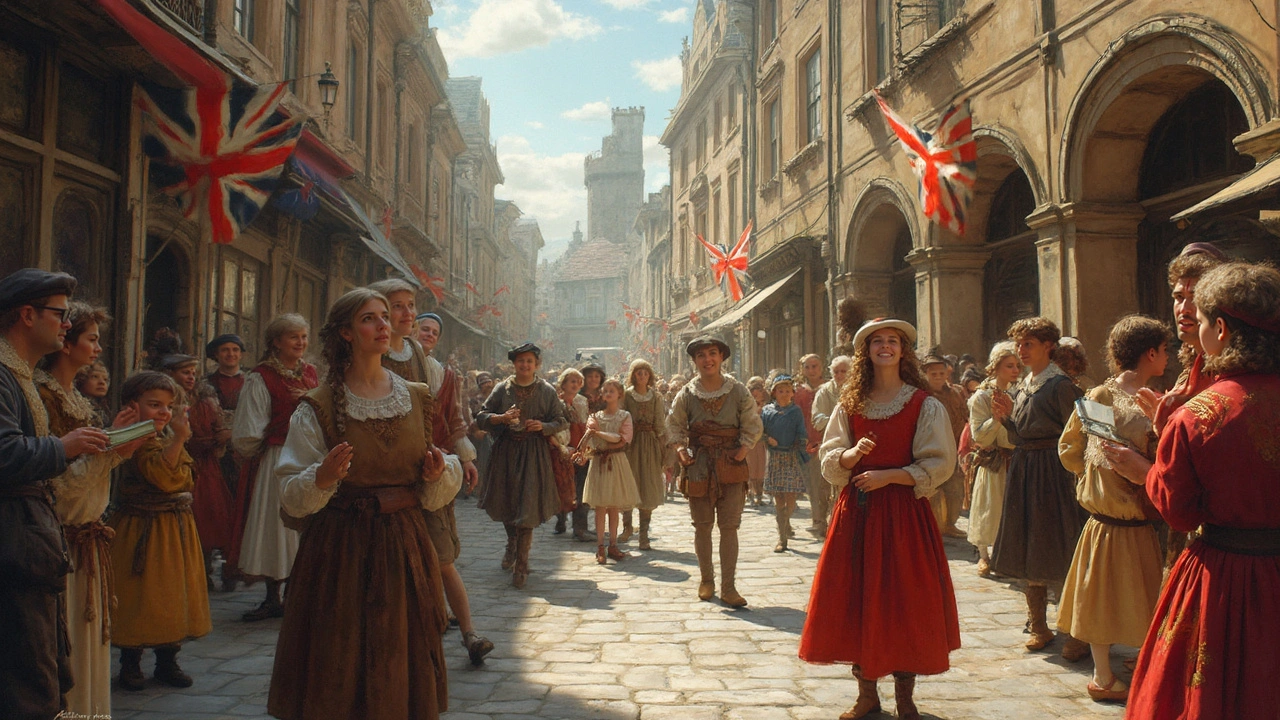
Renaissance Unpacked: A Real Look Back in Time
Take a down-to-earth stroll through the Renaissance, exploring what really went on behind the famous art, science, and wild ideas of the time. Find out how teenagers inspired artists, why street games mattered, and how some ideas shaped the modern world. Get surprising facts, straight talk, and a fresh way to see an old era. Even if you’ve never admired a painting, you’ll walk away with tips to actually use today.
Read more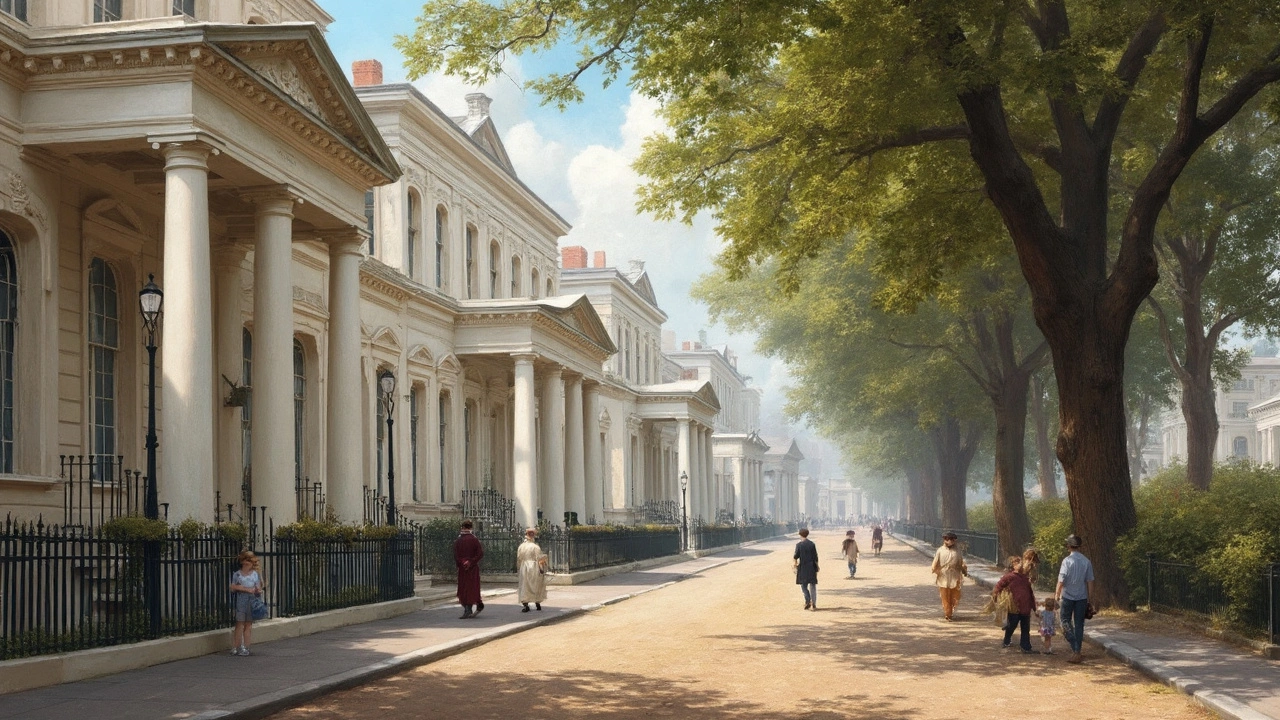
Greek Revival Architecture: How a Classic Look Keeps Reinventing Itself
Greek Revival architecture changed the way people designed homes, public buildings, and even small-town courthouses. This style, born from ancient Greek models, spread rapidly across Europe and America in the 1800s, shaping the look of entire neighborhoods. The article shares how Greek Revival took root, key features like big columns and white facades, and why it’s stuck around so long. You'll find out how to spot the real thing versus modern copies and get tips if you’re interested in adding a touch of this style to your own space. Whether you’re a fan of old buildings or just curious about why so many homes look like little temples, there’s something here for you.
Read more
Art Nouveau Architecture: A Unique Blend of Art and Function
Art Nouveau architecture changed the rules by making buildings that are as much about beauty as they are about practicality. This style stands out with its flowing lines, nature-inspired details, and a belief that art should be everywhere, not just inside a museum. You'll learn how this movement grew popular, spot its features in buildings around the world, and get easy tips for recognizing Art Nouveau in real life. Expect helpful facts for travelers, history buffs, or anyone curious about why streets in some cities look almost whimsical. If you've ever wondered how architecture turned playful, this is where you find out.
Read more
Byzantine Architecture: The Birth of a New Era in Construction
Byzantine architecture marked a transformative period in construction, bringing forward innovations that reshaped building design. It combined elements of Roman and Eastern influences, leading to iconic structures like the Hagia Sophia. Understanding this architectural style reveals the ingenuity and creativity of its architects. This article delves into its defining characteristics and the cultural impact it had during its time.
Read more
Tudor Architecture: Celebrating Timeless Craftsmanship
Tudor architecture showcases a unique blend of medieval and early Renaissance influences, characterized by its distinct half-timbering, steep gable roofs, and charming brickwork. This iconic style emerged in England between the late 15th and early 17th centuries and remains popular today, as its aesthetic appeal captures both elegance and historical charm. Critical to its allure are the intricate details and craftsmanship that highlight the artistic expression of the era. Understanding the features and historical backdrop of Tudor architecture can inspire today's designs and renovations.
Read more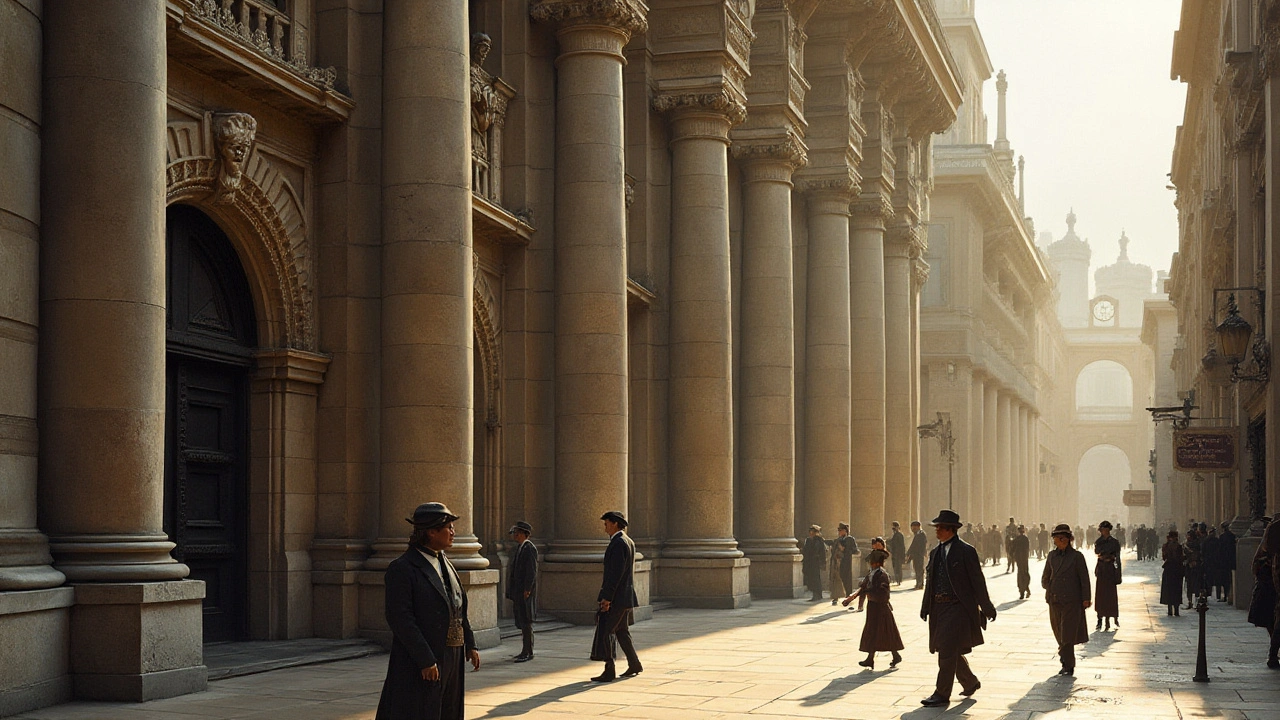
Exploring the Hidden Gems of Beaux-Arts Architecture
Beaux-Arts architecture, known for its grandeur and classical elegance, hides a world of artistic intricacies often overshadowed by its monumental scale. Originating in France, this architectural style marries historical references with technical precision, creating buildings that are both imposing and detailed. This article delves into the lesser-known aspects of Beaux-Arts, uncovering its cultural influences and the craftsmanship behind its iconic structures. Readers will gain an understanding of how these buildings reflect the societal values of their time, while appreciating the masterful skills that shaped them.
Read more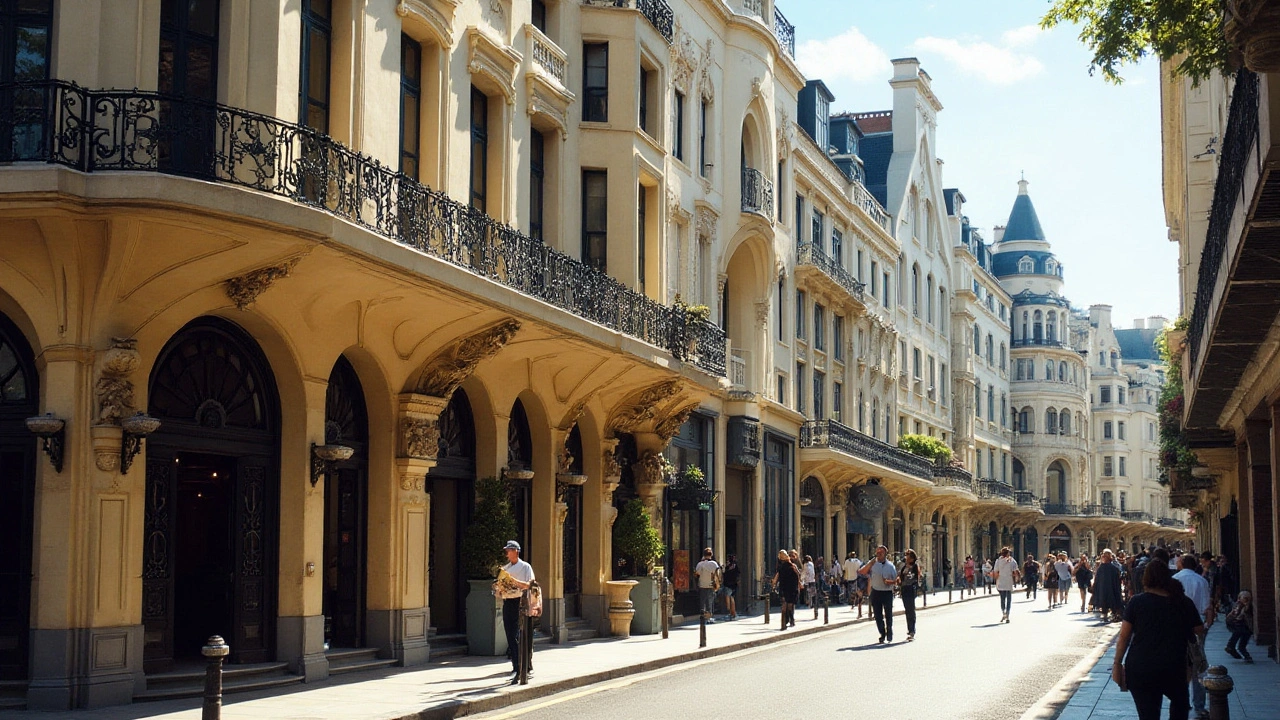
Exploring the Timeless Appeal of Art Nouveau Architecture
Art Nouveau architecture, with its elegant forms and organic shapes, continues to captivate admirers worldwide. This style, which emerged in the late 19th century, has a unique ability to blend beauty with functional design. By understanding its origins, key characteristics, and lasting legacy, we can appreciate how Art Nouveau remains relevant today.
Read more